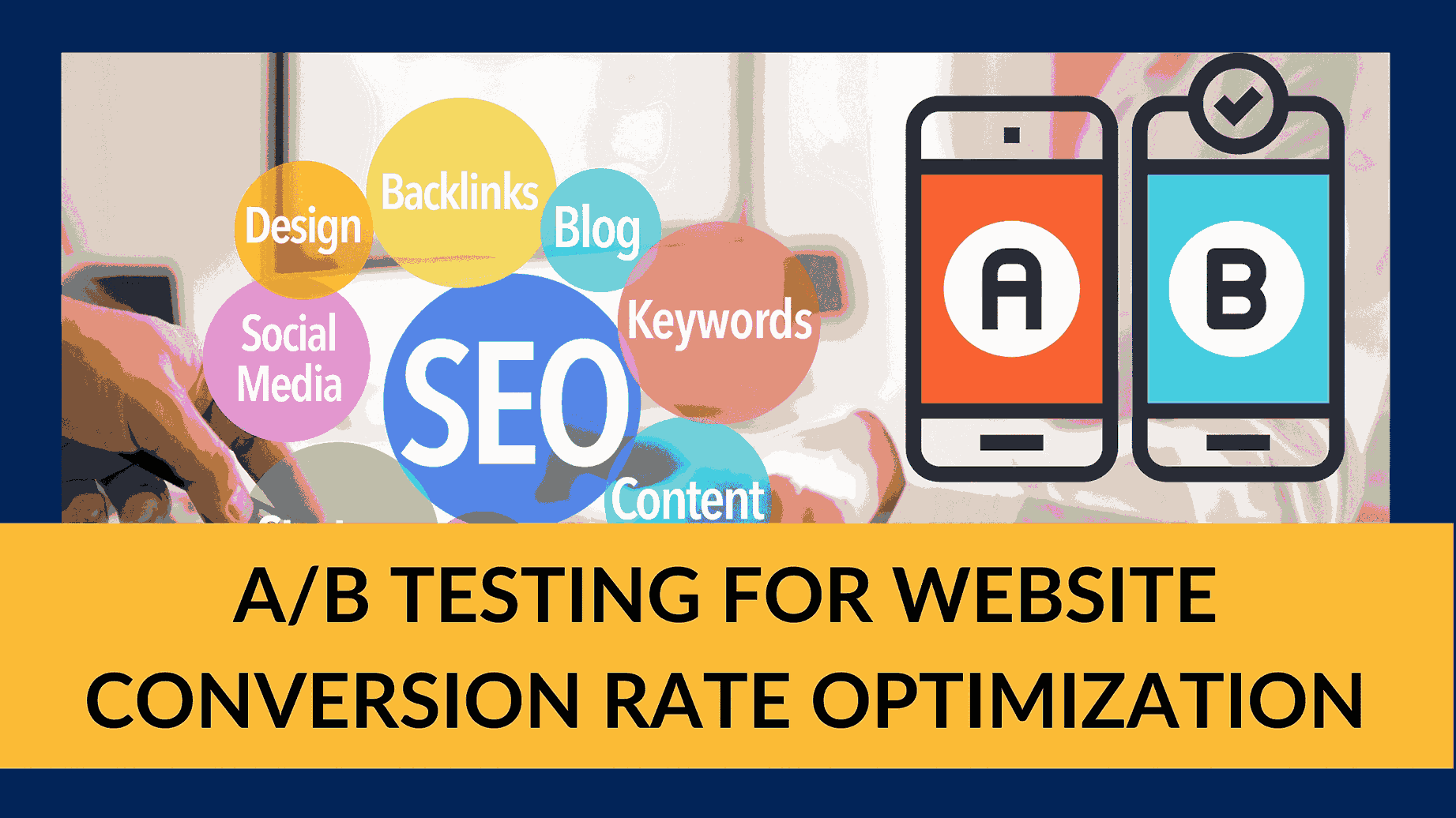A/B Testing for Website Conversion Rate Optimization
- Conversational Marketing Software SEO Software Affiliate Marketing Software Marketing Tools


A/B Testing for Website Conversion Rate Optimization
In today’s digital age, online presence is the lifeline of businesses, and every click, purchase, or interaction with your website holds immense value. The process of enhancing these interactions and ultimately increasing the number of users taking desired actions is known as Conversion Rate Optimization (CRO). It’s a practice that can significantly impact your online marketing process. To dive deep into the world of CRO, let’s start from the basics: understanding what conversion rate optimization is, how to track it, and how A/B testing can help you achieve it. Ready? Let’s begin!
What is Conversion Rate Optimization?
Before we delve into the realm of Conversion Rate Optimization, we need to understand the core concepts: conversions and conversion rates, and how to effectively track them.
What is a Conversion?
A conversion isn’t limited to a specific action like making a purchase; it encompasses any valuable action that aligns with your business goals. Conversions can be clicks, purchases, swipes, downloads, or any other action that you consider important for your business.
Macro vs. Micro-Conversions
Conversions can be categorized into two main types: macro and micro-conversions.
- Macro-conversions usually refer to significant actions, like turning a visitor into a paying client or subscriber. For instance, signing up for an online magazine membership, subscribing to a streaming service, or becoming a monthly subscriber to a Software-as-a-Service (SaaS) platform. These are often referred to as website goals.
- Micro-conversions are smaller, secondary actions that indicate a visitor’s progress towards a macro-conversion. Examples include clicking through to your site, watching a promotional video, or adding an item to a shopping cart.
Can a User Convert Twice?
What if a single user performs the same action twice? Here’s where deduplication comes into play. Deduplication ensures that the correct source is credited for conversions, preventing clients from being overcharged for conversions.
All conversions tracked by AB Tasty use deduplication as a method. For example, if a user accesses your conversion URL twice, only one conversion is counted for that user. However, for micro-conversions, where you want to measure user interactions with your interfaces, the duplication method offers a complementary perspective.
What is a Conversion Rate?
Conversion rate is a crucial metric, especially for e-commerce websites, as it measures the percentage of visitors who complete the entire conversion funnel. It’s the ratio of conversions achieved to the total number of website visitors. In simple terms, it answers the question: How many visitors turned into customers?
To calculate your conversion rate:
Conversion rate = (Conversions or goals achieved / Total visitors) * 100
Imagine your e-commerce website had 25,746 visitors during a specified time frame, and out of those, 4,832 completed a transaction. Your conversion rate would be 18.76%. Not bad!
Depending on your objectives, you can calculate the conversion rate in various ways, such as:
- Per-session conversion rate: Measures how many sessions result in a conversion.
- Per-user conversion rate: Measures how many unique users converted.
You can even find online tools that automatically calculate your website’s conversion rate for a precise figure.
The Role of A/B Testing in Conversion Rate Optimization
A/B testing, also known as split testing, is a vital tool in your Conversion Rate Optimization arsenal. It’s a process of comparing two versions of a webpage or app to determine which one performs better in terms of conversions.
Here’s how A/B testing can contribute to your CRO efforts:
1. Identifying Areas for Improvement
A/B tests help pinpoint the specific elements on your website or app that need improvement. By testing variations of headlines, images, calls to action, and other elements, you can see which ones resonate best with your audience.
2. Data-Driven Decision Making
A/B testing is rooted in data. It provides insights into user behavior and preferences, allowing you to make informed decisions to optimize conversions. Instead of relying on assumptions, you can trust the data generated through A/B testing.
3. Continuous Improvement
CRO is an ongoing process. A/B testing enables you to continuously refine your website or app by implementing changes based on test results. This iterative approach helps you achieve incremental improvements over time.
4. Enhanced User Experience
By refining your site’s elements through A/B testing, you can create a better user experience. When users find your website or app more user-friendly and appealing, they are more likely to convert.
5. Maximizing ROI
Ultimately, A/B testing helps you get the most out of your digital marketing efforts. By optimizing your conversion rate, you increase the return on investment (ROI) for your online marketing campaigns.
In conclusion, Conversion Rate Optimization is a fundamental aspect of online success. Understanding what conversions are, how to calculate conversion rates, and how A/B testing plays a pivotal role in this process will set you on the path to maximizing your digital presence’s effectiveness. So, embrace CRO, harness the power of A/B testing, and watch your website’s conversion rate soar to new heights.
Keep the title of A/B Testing for Website Conversion Rate Optimization in mind as we embark on this journey of online growth and success!
Explore further insights on A/B testing and Conversion Rate Optimization from these valuable resources:
- VWO A/B Testing
- Sagepath Reply: A/B Test with Success
- NineTailed: Increase Conversion Rates with A/B Testing
- MarketTailor: Benefits of A/B Testing for Conversion Rate Optimization
- AB Tasty: Conversion Rate Optimization





